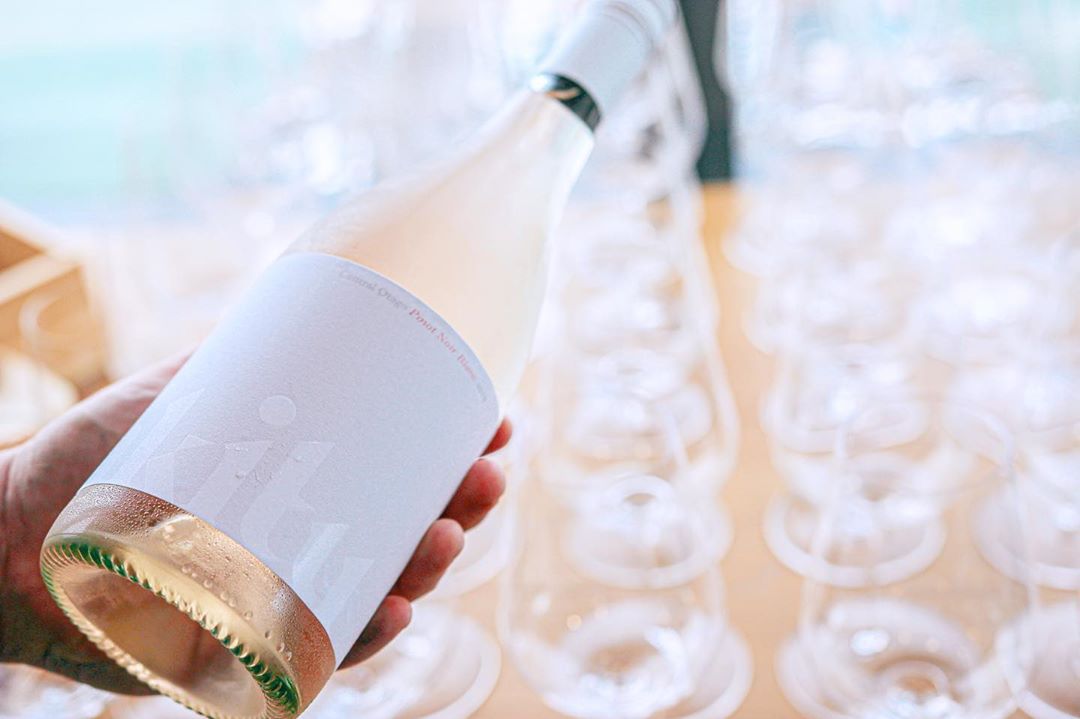“Usually the Akitu Pinot Noirs have somewhere between 30-35% of whole bunch, in 2018 that rose to 38%. I think that Abel clone really has the weight and density of fruit to carry a bit more stem inclusion,” Charteris said.
“I’ll be totally blunt here,“ Andrew Donaldson said. “I was sick and tired of going to wine shows and spending the first half staring at the ceiling while everybody says, ‘nah, mate, I’m trying the whites first’.”
Donaldson is the owner and founder of Akitu in Central Otago’s Wanaka subregion in New Zealand. He was talking about his Pinot Noir Blanc 2019, a new addition to his “suite of wines.” There always is something light-hearted about Donaldson’s presentations – steadily belying the inherent seriousness of his wines. Two further wines were launched: the Pinot Noirs A1 and A2 from the “extraordinary” 2018 vintage in Central Otago. Since the winery was established 19 years ago the wines have been made by winemaking supremo PJ Charteris who joined the Zoom presentation from wintry Hunter Valley.
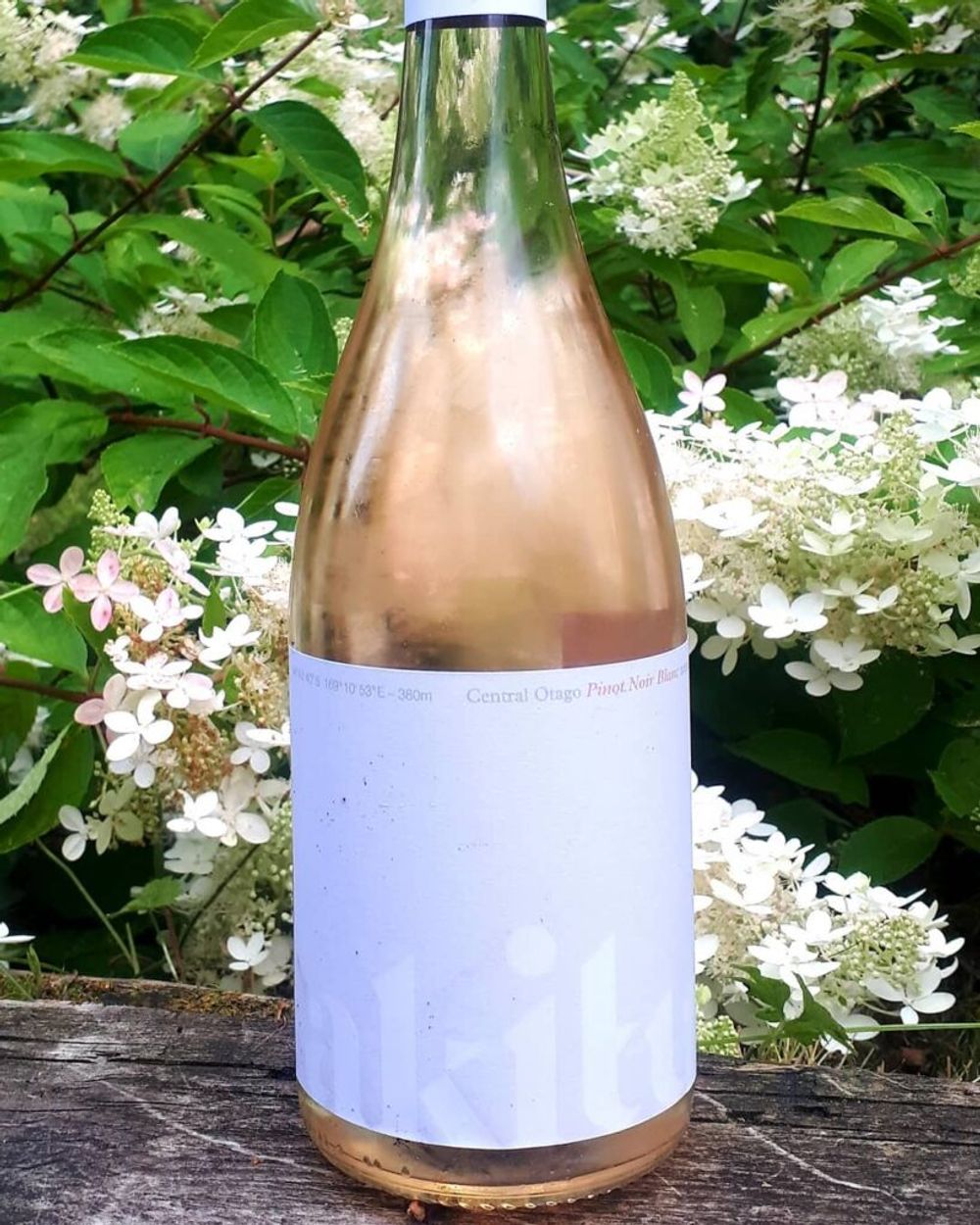
“The important thing in a wine like this is building texture, not just relying on fruit and acid” Charteris says.
The Pinot Noir Blanc 2019, which really is the very palest blush colour and would be called ‘vin gris’ in France, fits right in with Donaldson’s idea that “Akitu as a brand was going to be a monopole and it was dedicated to Pinot Noir.” It was a still German ‘Blanc de Noirs’ that gave Donaldson the idea. White-vinified reds have been something of a hit in Germany as they allow winemakers to sell what would have been a measly red, or one made from an unfashionable grape, as an fashionably named ‘Blanc de Noirs’ – French-language allure included. Well-made, thought-through German Blanc de Noirs are hard to find but Donaldson evidently tried one – based on Pinot Noir by the Meyer-Näkel sisters in the Ahr Valley. This relieved him of his boredom at wine shows. Then Charteris put the plan into action in the “seriously marginal” Akitu vineyard rising to 380m planted more than halfway up Mount Barker in its weathered schist soils.
“There was lots of discussion,” Charteris said. “There was a lot of chat and thought put into the wine. It was definitely not a contingency or an afterthought.” He explained that the vines are from a block planted to 777 clones in 2003. “It kind of made sense to sneak in a little earlier to pick,” he said. Cool grapes were picked early in the morning and pressed immediately.“There was a really quick cold settling and minimal fining – we just let oxygen do its job,” Charteris said.
“Leaving a fitting slightly loose on the suction side of the press going off into settling tank, a bit of hyper-oxidation and polymerisation did their job. I really did not want to be in the pink spectrum.” Charteris notes that his experience at Southcorp “making sparkling base, learning about dealing with oxygen and colour have paid off nicely in this wine.” The wine was then fermented spontaneously – “I just wanted to let it run its course. The important thing in a wine like this is building texture, not just relying on fruit and acid, and leaving this on its lees for as long as possible without sulphur, well, hopefully you see a little bit of brioche creaminess.”
The Pinot Noir Blanc 2019 indeed comes across like a white wine and thank heavens it has a lovely spine of freshness and a lightness of step. It is an unusual offering but a seductive proposition – well-made and totally refreshing.
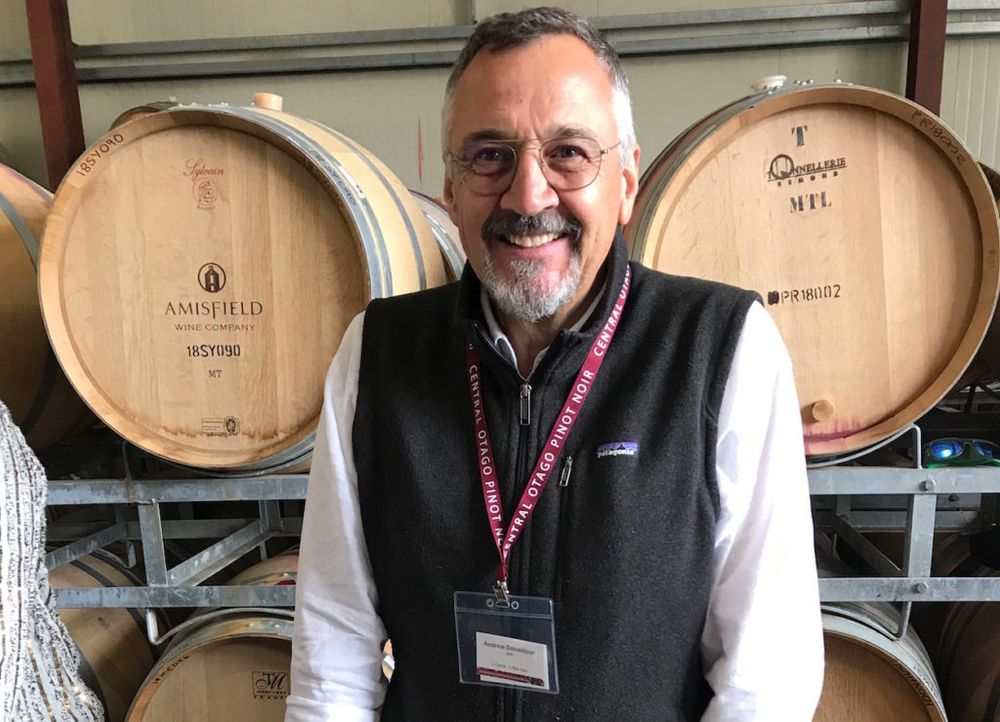
No longer staring at the ceiling at wine shows: Andrew Donaldson
Moving on to the reds, both Donaldson and Charteris emphasised what an extraordinary year 2018 was. Donaldson spoke of “unrelenting” heat and presented us with the GDD (growing degree days) for three vintages at Akitu: 1000 GDD in 2016; 900 in 2017 and 1165 in 2018.
“That’s about 30% difference in solar energy in that period and that set a lot of interesting challenges,” Donaldson says. “In this particular vintage it was a blessing that we had the protection of the mountain because it gave us the ability to hang on to our fruit much, much longer. The plants were shutting down because it was so hot in other parts of Central Otago so the physiology was collapsing. The vintage started earlier, but we had had good rain, moisture, good flower development. It got hot, dry and pretty much unrelenting, and that’s where the intensity of the season evolved. So there were some serious challenges.”

Donaldson and Charteris: part of the success of Akitu has been the consistency of the team
Charteris saw the evolution of the 2018 vintage through a different lens: “Probably the one thing that I really learned from this season is how different that Wanaka end of Central Otago really is. That’s what I think stood those wines in such good stead: much slower ripening than Bannockburn and Bendigo. We learned a lot about the versatility of the subregion.”
The season made him think about his winemaking options: “A lot was going through my mind about whole bunch inclusion and how we build the tannin structure.” This led Charteris to talk about whole-bunch ferments. While many OZ and Kiwi winemakers just dial up their whole-bunch proportion in a year like 2018, “for me it’s much more about building the complexity and structure of the wine. It was really good for us to see how the skin tannins developed and then see how the stem tannins develop.”
Usually the Akitu Pinot Noirs have somewhere between 30-35% of whole bunch, in 2018 that rose to 38%. “I think that Abel clone really has the weight and density of fruit to carry a bit more stem inclusion,” Charteris said.
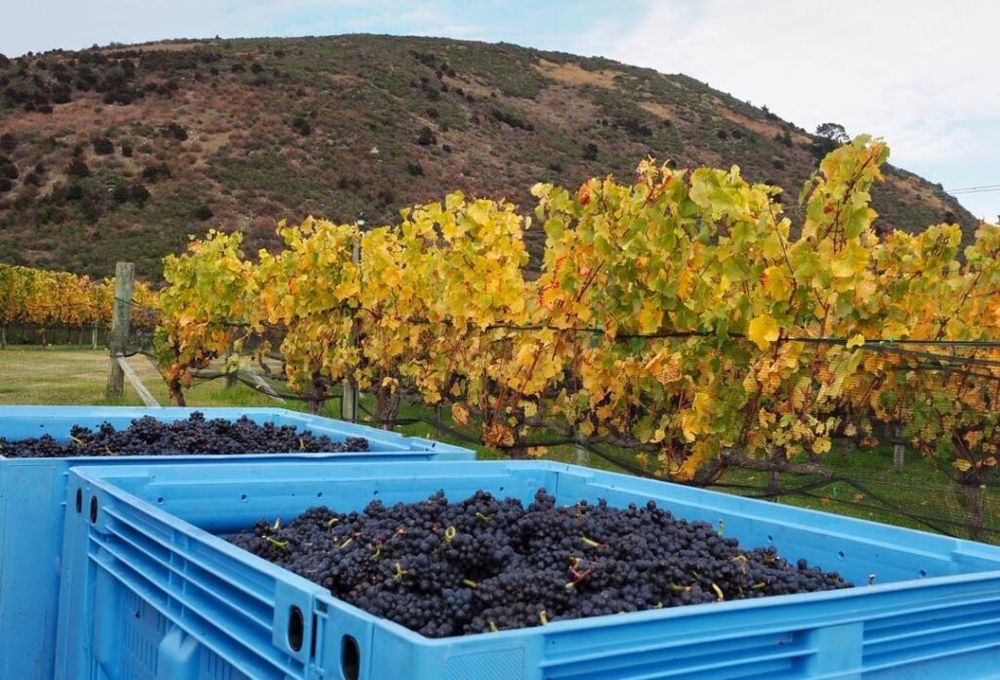
He also noted the acid retention afforded by the Abel clone: “Acidity at the end of the day is one of the pillars of structure in a wine. I often think it is what holds tannins and phenolics together. I think part of the thing is understanding the relationship of the different acids of the grape. Not being frightenend by a pH of 3.2 is a skill! The A1 has always been more of a journey about what we can achieve from the vineyard, of finding synergies between different clones and different handling techniques in the winery. There always is a big chunk of Abel clone – and of all the clones it’s the most complete. We have 667 and 777, and 114 and 115 which are more about structure and base note, the old UCD 5 is about big fruit weight with structure – so how do these pieces of the puzzle come together? Abel just sits on its own and is complete. It has always been a really important part of this wine.”
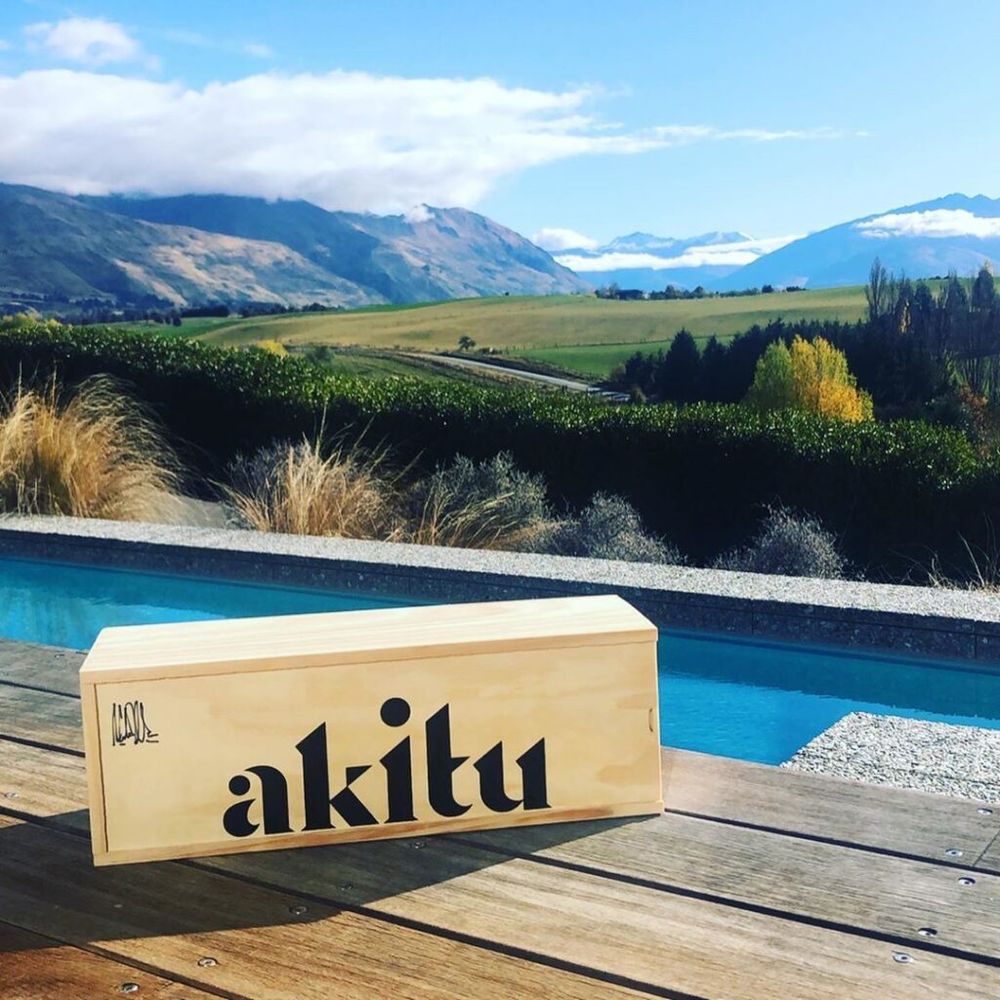
2018 was a vintage with some serious challenges
Akitu A2 Pinot Noir, Central Otago 2018
Lovely, smooth nose, already imbued with that gorgeous, slightly autumnal earthiness. Translucent, fresh, smooth with beautiful freshness. Its earthy aromatic cloud goes beyond fruit, with silky structure and an unforced, ripe smoothness. This is ripe and juicy, almost mellow, but still light on its feet.
Akitu A1 Pinot Noir, Central Otago 2018
Heady intensity on the nose insinuates dry oak leaf and cherry skin, an edge of peony, too. There is concentration and a gorgeously aromatic sense of Morello within the ripe, red cherry fruit. The texture is firm and comes without any heaviness. Gorgeous elegance, exquisite structure. Wonderfully aromatic fruit veering gloriously into velvet territory.
The Akitu wines are imported and sold in the UK through Mentzendorff
